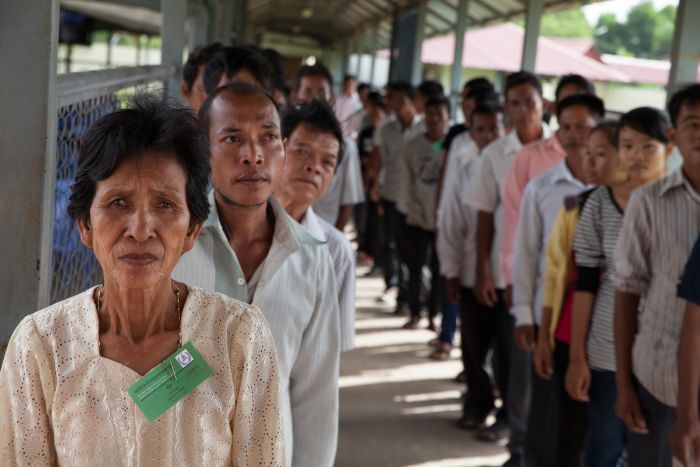Muhamed Duraković, a survivor of the Srebrenica genocide, reflects on his reactions to the airdrops that delivered humanitarian aid and discusses the conditions in the Srebrenica “safe area.”
Transcript
In the beginning of the war, Srebrenica became the last standing point for a majority of those who had survived ethnic cleansing and [the] onslaught of the Bosnian Serb army. They came there hoping that they will find refuge, but when they arrived they realized that the suffering continues and actually has been much more greater than in the village in which they left.
And this situation continued throughout the summer and the fall and especially winter of 1992 to 1993. On top of everything else, the population felt that no one actually is able to reach out to them. They were completely silenced. There were no reports coming out about atrocities committed around Srebrenica. We really felt as being a lonely island in the middle of murky waters and ocean.
The first sign of hope came one day when we realized that the world, as we thought of it at that time, will try to save as much life as possible in Srebrenica—primarily by supplying Srebrenica inhabitants with food and necessary medical equipment and medication. You know, in Srebrenica up to that time, even the smallest injury meant death because of the blood poisoning or any other minor injuries meant that survival ability was very, very low. And of course people were starving to death as well. So at some point the local population was informed that the airdrops would take place, and this was a very cold, very long winter.

